More than fifteen years ago, a dear friend gave us the huge cactus because she could no longer carry it outdoors in the warm weather, which she knew was good for the plant. We accepted it graciously and followed her instructions even after moving from Ohio to Michigan. But one summer it fell apart in the flower bed and I thought it was a goner. Until my sister, an ultimate green thumb stopped by and rescued it. She patiently took the living stalks, got them to root indoors and then presented them to me for my 69th birthday. The plant grew and flourished until the woody stalks resembled those of its forbearer. But nary a bud appeared.
When you can buy a tiny cactus at Lowe’s for under five bucks that is just covered with blooms it is hard to stay loyal to green foliage that refuses to sprout pink flowers from its elegant stalks. I suggested something I read--put it in a dark place for a while. He tried that for a couple of days but it only increased his distain for the bloomless plant. We moved it into the bedroom by a window with morning sun--nothing. I almost begged the hapless plant to “win just one for the Gipper.” The stakes were high: bloom or be gone.
One morning, my husband bellowed from the bedroom, “Come here!” I hurried thinking the worst. Instead I witnessed a mini-miracle. One gorgeous dark pink flower. After four years of waiting, our Christmas cactus finally did what it was supposed to do. Just in the nick of time.
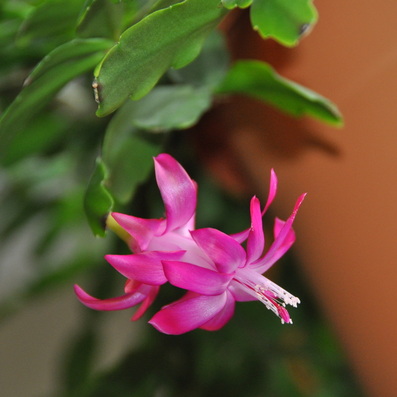
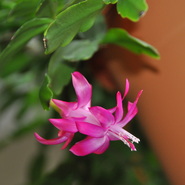
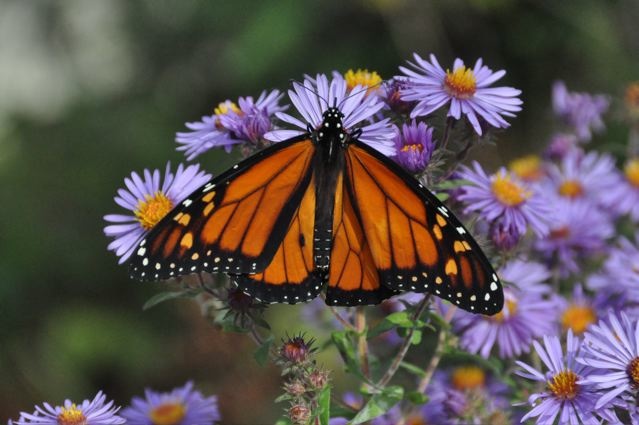
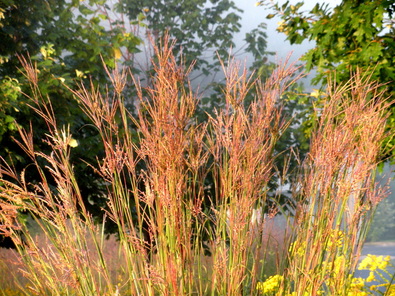
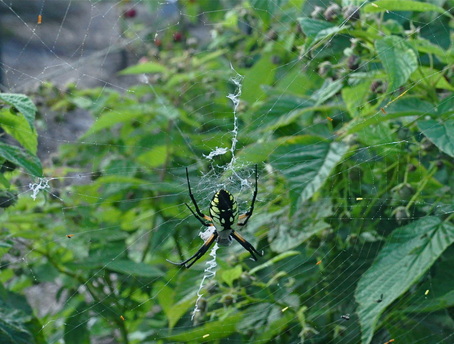
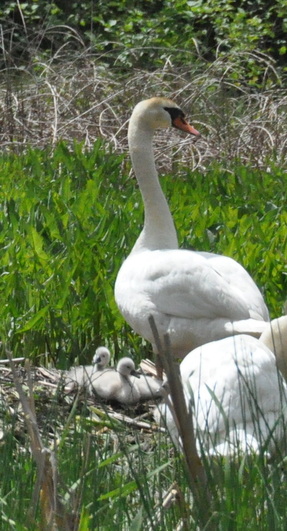
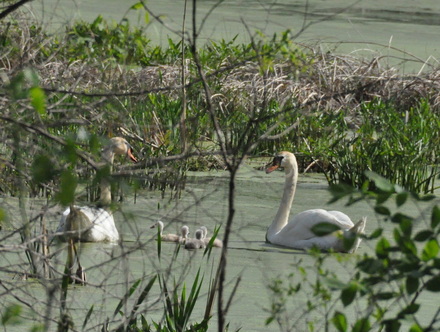
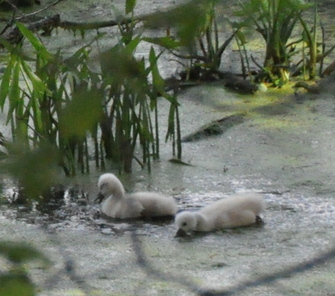
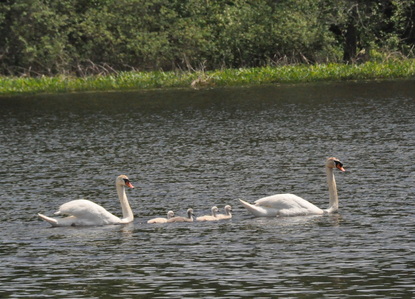
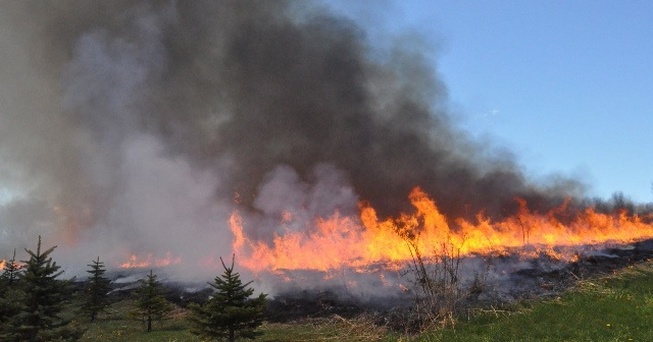
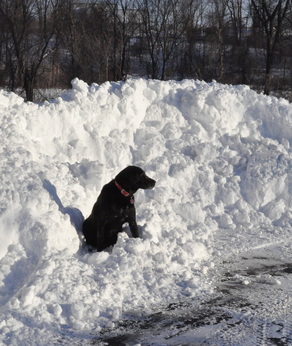
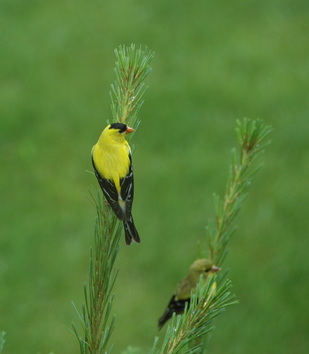
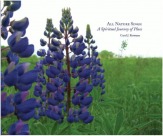
 RSS Feed
RSS Feed
